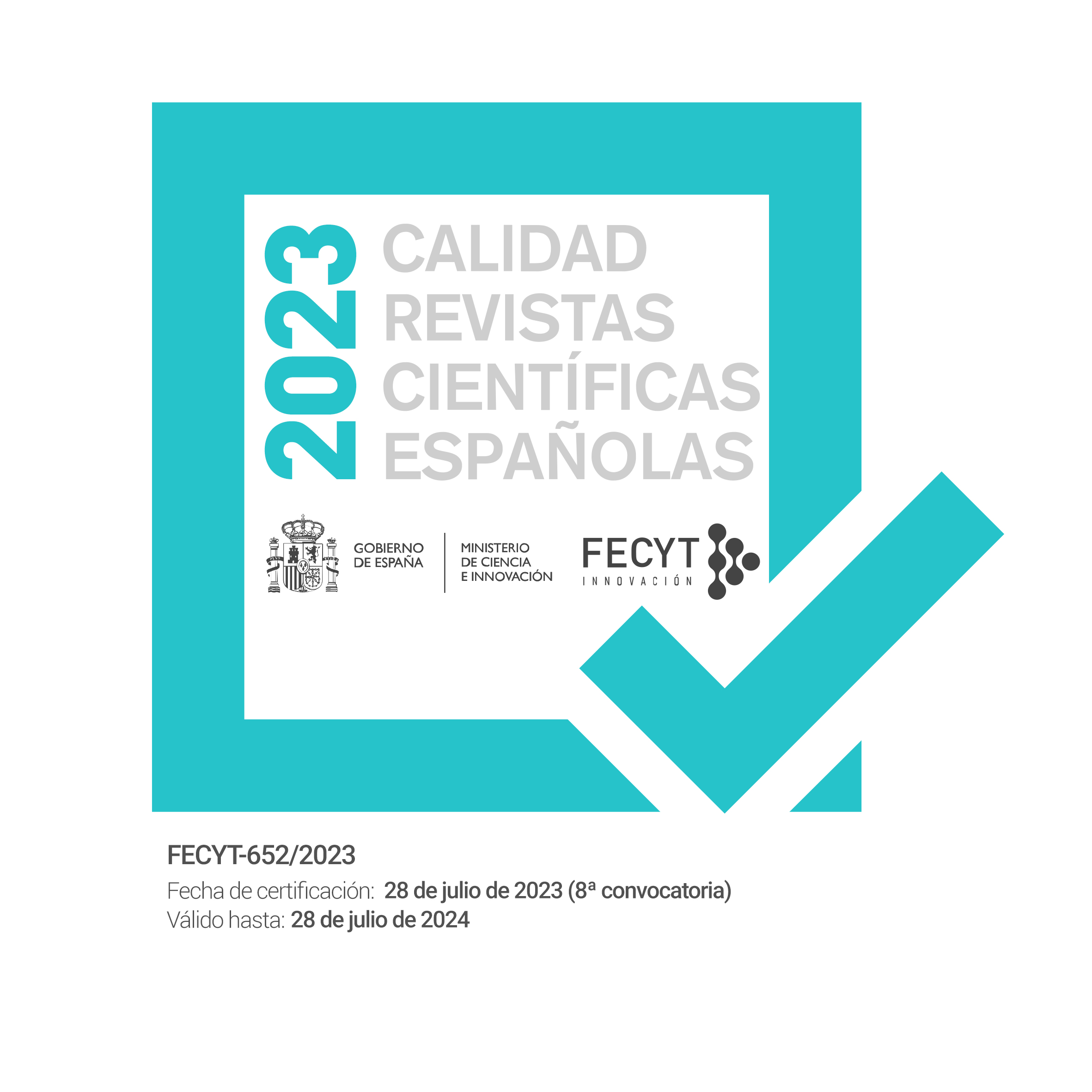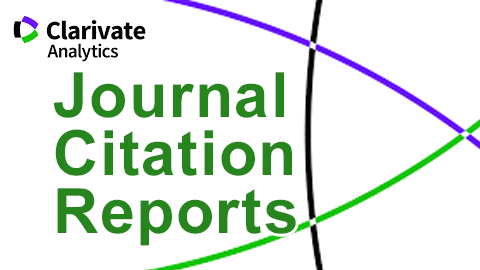Relative productivity in Old English prefixation: type frequency of verbal predicates
Palabras clave:
derivational morphology, semantic motivation, verbs, motionResumen
This paper focuses on lexical productivity in Old English through a study of the derivational morphology of verbs. For this, those verbs that combine with more than ten prefixes have been analyzed from the point of view of their semantic and inflectional features. The results are that most of them are strong verbs of motion, and that there is a strong correlation between the semantic and inflectional properties of verbs and their combinatorial potential with prefixes. Thus, we argue that the morphological behavior of predicates is semantically motivated. We establish a connection between the degree of productivity of verbs and their Aktionsarts and logical structures, as adapted by Role and Reference Grammar (Van Valin & LaPolla 1997), instead of restricting the study to their semantic status as verbs of motion, since ours is a more explanatory approach.Descargas
Publicado
Número
Sección
Licencia
Reconocimiento – No comercial (CC BY-NC). Bajo esta licencia el usuario puede copiar, distribuir y exhibir públicamente la obra y puede crear obras derivadas siempre y cuando estas nuevas creaciones reconozcan la autoría de la obra original y no sean utilizadas de manera comercial.
Los autores retienen todos sus derechos de publicación y copyright sin restricciones.








